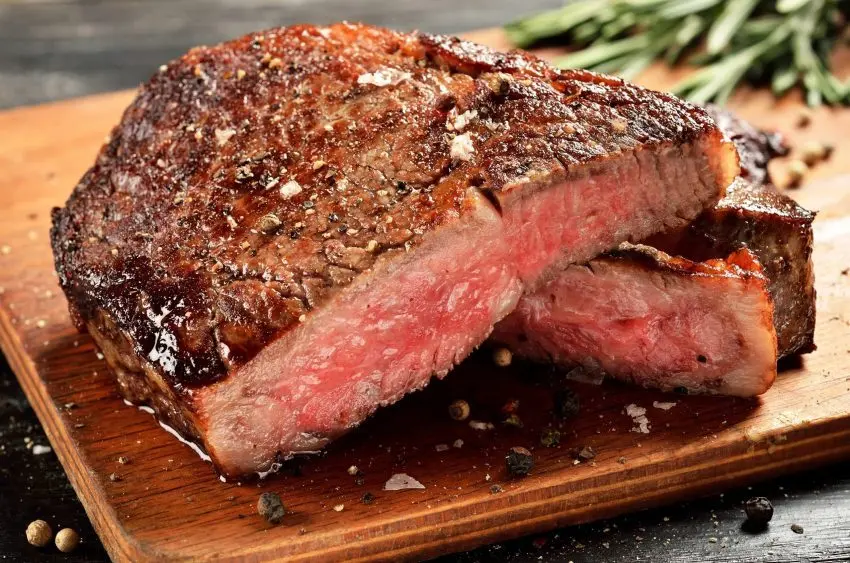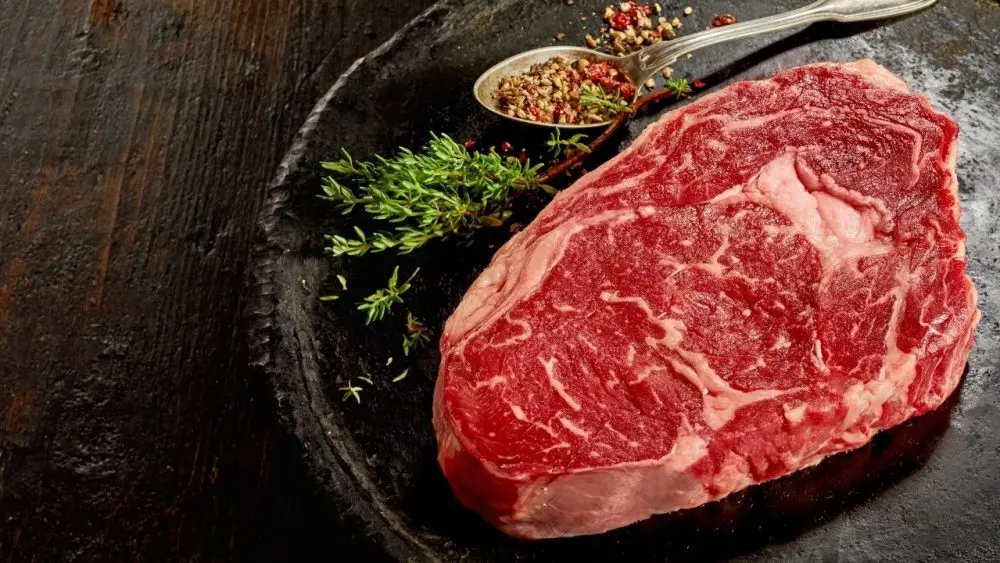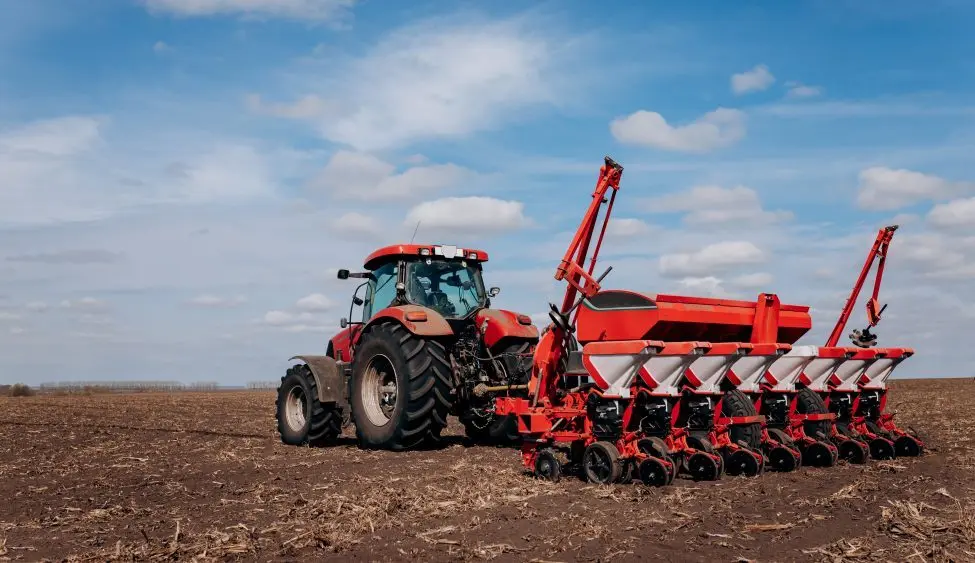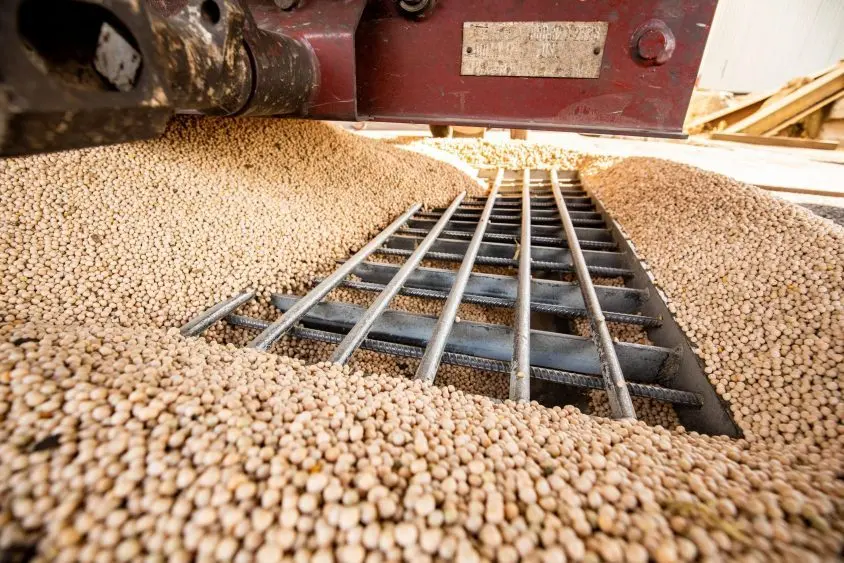
Consumer demand for beef remains strong despite high beef prices. Kansas State University’s Monthly Choice Beef Retail Demand Index for July was 102.26, one of the higher monthly readings since the index began in 1988. Consumers’ willingness to continue to buy beef trickles down to higher cattle prices. Relying ultimately on consumer purchases for their livelihood means it’s important for cattle producers to understand consumer expectations.
Cargill—who has a beef processing facility in Schuyler—recently released a report investigating how consumer expectations for steak are evolving in foodservice. The report, State of Steak—Foodservice Edition, explores factors shaping consumers’ steak experiences, i.e. changing consumer preferences, definitions of quality, and the operational challenges restaurants face in delivering consistently exceptional steak. The report says consumers gravitate toward the “Big Four” cuts—ribeye, sirloin, filet, and New York strip—when eating out. It also found that 25% of steak consumers weren’t satisfied with their last steak eaten at a restaurant. Issues with doneness, cut availability, and inconsistent quality were cited as detracting from a satiating experience. Consumers also want clearer grading and flexible sizing to make ordering easier. Finally, the report found consumers have an emotional connection to steak because it is often connected with family gatherings, celebrations, or rewards.
The Cattle Range website says about 60% of annual beef consumed in the U.S. is through foodservice, with restaurants accounting for 70% of the total. Consumers want a satisfying experience when eating steak outside the home. Cattle producers rely on foodservice operators to prepare and present their product in ways which satisfy consumers’ expectations. One slip-up and a customer can be lost for both restaurants and cattle producers.
Cattle producers, to say the least, have a “beef” with President Trump’s proposal to reduce beef prices through increased imports. Word from the White House last week suggested the administration would raise the tariff rate quota (TRQ) available to Argentinian beef imports to 80,000 metric tons (MT) from 20,000 MT. Under TRQs, a limited quantity of beef can be imported at a reduced tariff rate. If the quota amount is exceeded, a higher tariff rate, 36.4%, is applied to quantities exceeding the quota (a 26.4% over quota tariff, plus an additional 10% tariff implemented earlier by President Trump). TRQs apply to all countries exporting beef to the U.S. except Mexico and Canada. Raising the quota amount means Argentina could export more beef to the U.S. at a lower tariff rate.
Derrell Peel, livestock economist at Oklahoma State University, says Argentina is the ninth-largest source of beef imports into the U.S., accounting for just over 2% of total imports. Through July, beef imports from Argentina were up 42% compared to the same period last year. Total beef imports through July were up 27%. Strong consumer demand for beef, and lower U.S. supplies, have led to increased imports. Even with the additional imports, though, beef prices continue to rise. Steiner Consulting estimates U.S. beef consumption this year will be 28.6 billion pounds. Meaning the additional quota amount for Argentina would represent 0.8% of total consumption.



